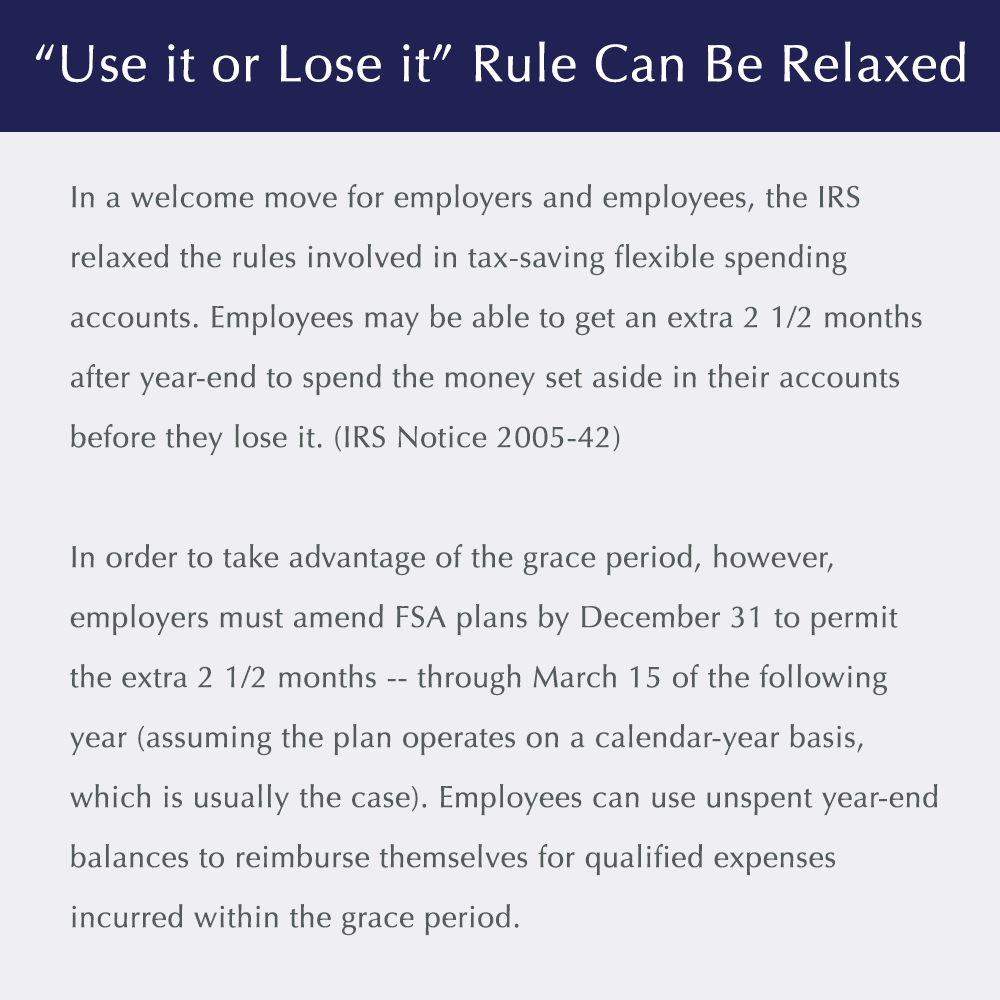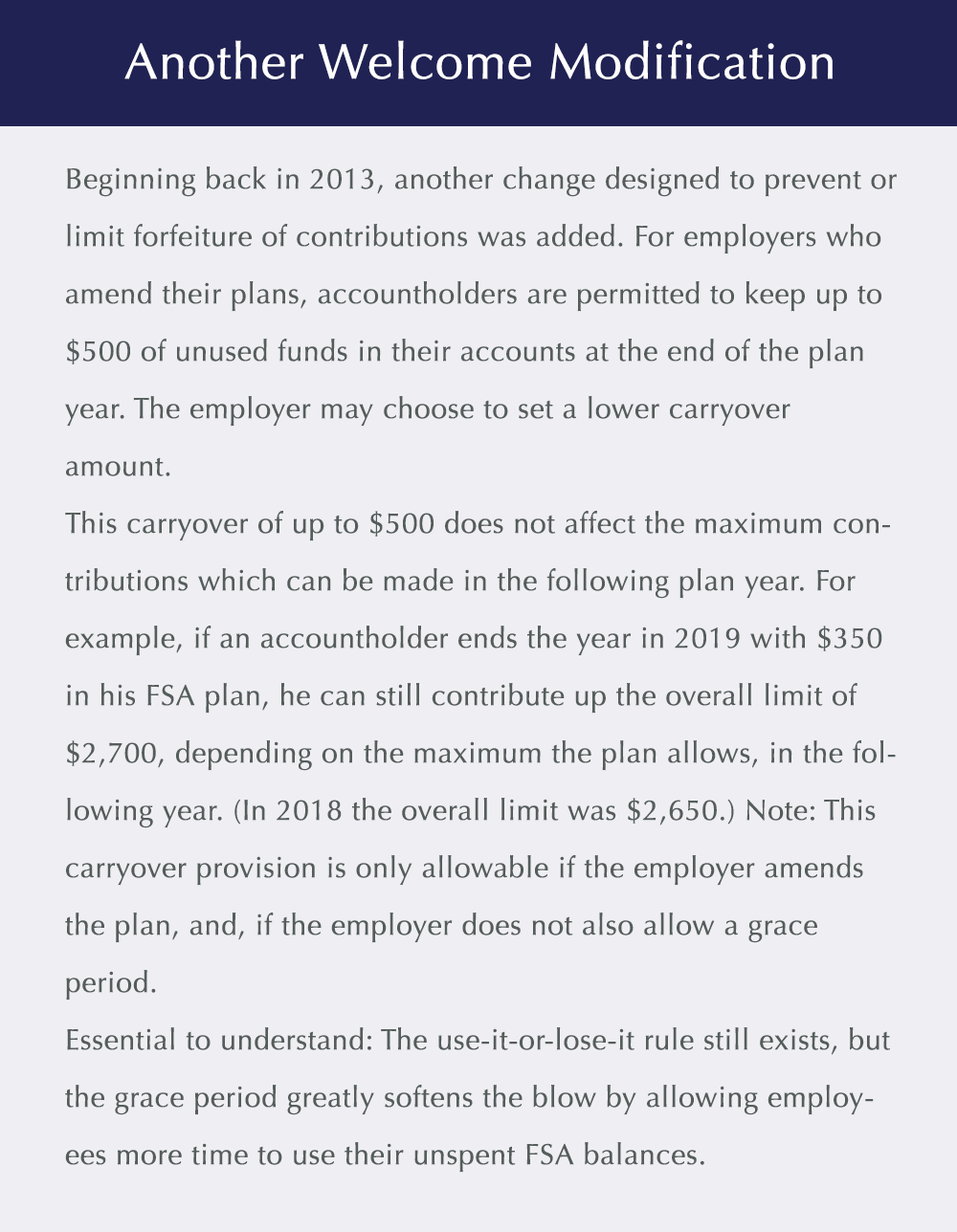If rising health care costs have sent your company searching for ways to reduce expenses, you should know there are alternatives to standard medical insurance plans. Your choices are not limited to either paying the higher costs yourself or transferring the burden to your employees. Tax-advantaged strategies are available which can mitigate the effect of rising costs for you and your staff members. Here are three ideas to consider.
1. Establish a Health Insurance Premium-Only Plan (POP)
This super-simple option is often a good choice for small employers. With a POP, your employees are charged via payroll withholding for their share of health premiums. These withholdings are considered salary reductions for federal income tax, Social Security tax and Medicare tax purposes. In other words, the POP allows your employees to pay their share of health insurance premiums with pretax dollars, which can save them a substantial amount of taxes over the course of a year.
At the same time, your company’s taxes are also reduced. Reason: the salary reduction amounts are exempt from the employer’s share of Social Security tax and Medicare tax. For 2019, the employer’s share of these taxes is 7.65 percent of the first $132,900 of each employee’s salary, including bonuses, plus 1.45 percent of compensation above $132,900 (up from $128,400 for 2018). Individuals with earned income above $200,000 or married couples with earned income above $250,000 must also pay an additional 0.9 percent in Medicare tax (no limit).
Because a POP is considered a “cafeteria benefit plan,” it’s governed by Section 125 of the Internal Revenue Code. This means your business will need to install a written plan and employee enrollment procedures when setting up the program. The POP cannot discriminate in favor of highly compensated employees or key employees. Despite these restrictions, it’s generally easy and inexpensive to establish a POP with professional help.
Basic cost-reduction strategy:
First, shift a higher percentage of premiums for employee health coverage to your employees. This reduces your company’s costs. Then set up a POP to give your employees an offsetting benefit in the form of reduced income tax, Social Security tax, and Medicare tax. The same strategy also cuts the company’s tab for Social Security and Medicare taxes.
2. Set Up a Flexible Spending Account Plan
Setting up and operating a Flexible Spending Account (FSA) is more complicated than the POP option. Therefore, these plans are probably best suited to businesses with a larger number of employees.
Here’s how FSAs work:
Your company sets up a health care flexible spending account for each participating employee. Then, the employee makes an annual election to contribute a specified dollar amount of his or her salary to the FSA and these contributions are withheld from the employee’s paychecks. To be reimbursed, the employee submits a claim for his or her share of health insurance premiums and uninsured medical expenses (up to the annual amount contributed to the FSA). The reimbursements are tax-free to the employee.
Employee FSA contributions are considered salary reductions, which means they are exempt from federal income tax, Social Security tax and Medicare tax. So they allow your employees to pay out-of-pocket medical expenses (including their share of health premiums) with pretax dollars. Your company’s taxes are also reduced, because the salary reduction amounts are exempt from the employer’s share of Social Security and Medicare taxes.
Like POPs, FSA plans are considered “cafeteria benefit plans” under Section 125 of the Internal Revenue Code. Therefore, your business will need to install a written plan and employee enrollment procedures. The plan cannot discriminate in favor of highly compensated employees or key employees. An FSA plan also requires significant administrative effort to enroll employees, handle the necessary payroll withholding and process reimbursement claims. Many companies find it cost-effective to hire a third-party plan administrator to take care of all the details.
Finally, many companies place an annual lid on the amount an employee can contribute to the health care FSA. This is important because employees can request reimbursement for expenses up to their annual contribution long before the contributions have actually been collected through the payroll withholding. Under the Patient Protection and Affordable Care Act (PPACA), the limit is $2,700 for 2019 ($2,650 for 2018). This limit will be adjusted for inflation in subsequent years.
Basic cost-reduction strategy:
First, shift a higher percentage of employee health premiums to your employees, or increase the insurance plan deductibles. Or take both actions. Your company’s costs will be reduced. Then, set up an FSA plan to give your employees an offsetting benefit in the form of reduced income, Social Security and Medicare taxes. The FSA also cuts the company’s Social Security and Medicare tax bills.
3. Install a Health Reimbursement Arrangement (HRA)
The option to set up an HRA can be attractive to larger employers. Here’s how it works: Every year, the company agrees to contribute a fixed amount to each eligible employee’s account. Employee contributions are not allowed. The company deducts the HRA pay-ins. However, the contributions are tax-free to employees (no federal income tax, Social Security tax or Medicare tax). Your employees can then submit claims to be reimbursed for uninsured medical expenses, including their share of health insurance premiums, if applicable. Reimbursements are tax-free. In effect, the employee is able to pay for out-of-pocket medical expenses with pretax dollars, up to the amount contributed to the employee’s HRA account.
Since your company must pay for all HRA contributions, this arrangement only saves money when it’s combined with a much-less-generous employee health insurance program. The idea is that your company’s health insurance costs will be drastically reduced, which allows you to return some of the cost savings to employees in the form of HRA contributions.
Basic cost-reduction strategy:
First, switch your health insurance plan to one which greatly reduces your company’s premium costs, which of course, means it provides less benefits to employees. Then, return a portion of the savings to employees via the tax-favored HRA arrangement.
Conclusion: Finally, note that employers will face a wide array of responsibilities and requirements under the PPACA. Your employee benefits adviser can help you explore the options available to your business.



© Copyright 2019 Thomson Reuters. All rights reserved. Republication or redistribution of Thomson Reuters content, including by framing or similar means, is prohibited without the prior written consent of Thomson Reuters. Thomson Reuters and the Kinesis logo are trademarks of Thomson Reuters and its affiliated companies.
Disclaimer of Liability
Our firm provides the information in this e-newsletter for general guidance only, and does not constitute the provision of legal advice, tax advice, accounting services, investment advice or professional consulting of any kind. The information provided herein should not be used as a substitute for consultation with professional tax, accounting, legal or other competent advisers. Before making any decision or taking any action, you should consult a professional adviser who has been provided with all pertinent facts relevant to your particular situation. Tax articles in this e-newsletter are not intended to be used, and cannot be used by any taxpayer, for the purpose of avoiding accuracy-related penalties that may be imposed on the taxpayer. The information is provided “as is,” with no assurance or guarantee of completeness, accuracy or timeliness of the information, and without warranty of any kind, express or implied, including but not limited to warranties of performance, merchantability and fitness for a particular purpose.
Blog
Nonprofit Insights

